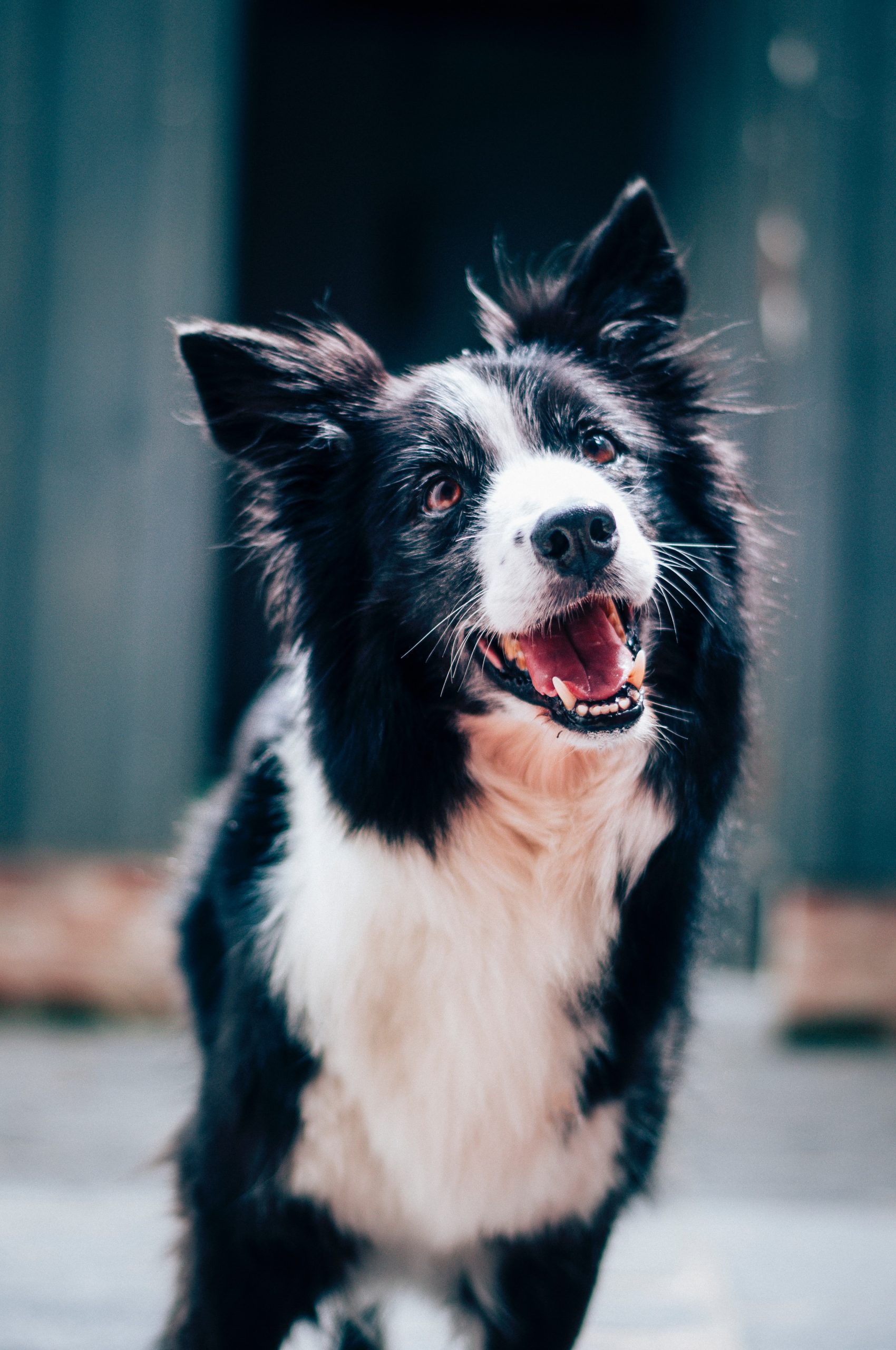Dog shows are a global phenomenon, with breeders, handlers, and enthusiasts competing to showcase their best purebred canines. At the center of it all are the judges, the men and women responsible for evaluating each dog’s breed standard and selecting the top performers. But what does it take to become a top dog judge? How do judges decide which dog is the best, and how do they cope with the pressures of the job?
To find out, I spoke to several experienced dog show judges who shared their insights on what it takes to succeed in this competitive world. One of the most important qualities, according to the judges, is a deep love and understanding of dogs. Many judges have been involved in the dog show community for decades, and their knowledge of canine behavior, anatomy, and breed characteristics is second to none.
But a love of dogs alone is not enough. Judges must also be able to assess each dog’s conformation, movement, and temperament according to strict breed standards. They must be able to identify subtle differences between dogs that might not be obvious to the untrained eye. And they must be able to do all this while under intense scrutiny from the competitors, the audience, and their peers.
Another essential quality for success as a dog show judge is impartiality. Judges must be able to evaluate each dog solely on its merits, regardless of its breeder, handler, or owner. They must not allow personal biases or friendships to influence their decisions, and they must be willing to defend their choices if challenged.
The path to becoming a dog show judge is not easy. It requires years of experience and dedication, as well as a willingness to learn and grow. Judges must attend seminars, workshops, and conferences to stay up-to-date on breed standards, new trends, and emerging health issues. They must also participate in mentoring programs, where they work with experienced judges to hone their skills and learn from their mistakes.
Despite the challenges, many judges find the rewards of the job to be well worth the effort. For some, the joy of discovering a promising young dog or recognizing a rare breed is a thrill that never gets old. For others, the opportunity to travel the world, meet new people, and learn about different cultures is a highlight of the job. And for all judges, the satisfaction of knowing that they are contributing to the preservation and improvement of purebred dogs is a source of pride.
But there are also risks and drawbacks to being a top dog judge. Judges must be prepared for the possibility of controversy, criticism, and even personal attacks. Some judges have been accused of bias, favoritism, or even incompetence, and have faced backlash from angry competitors and fans. Others have been the target of online harassment or threats, which can be both unsettling and stressful.
Despite these challenges, the world of top dog judges remains a fascinating and dynamic world, full of passionate people who are dedicated to the art and science of purebred dogs. To succeed as a judge in this world, one must possess a combination of knowledge, skill, integrity, and resilience. But for those who are willing to put in the hard work and make the sacrifices required, the rewards can be truly extraordinary.




